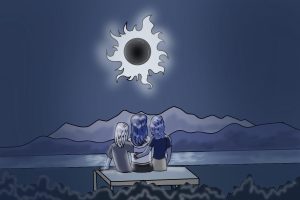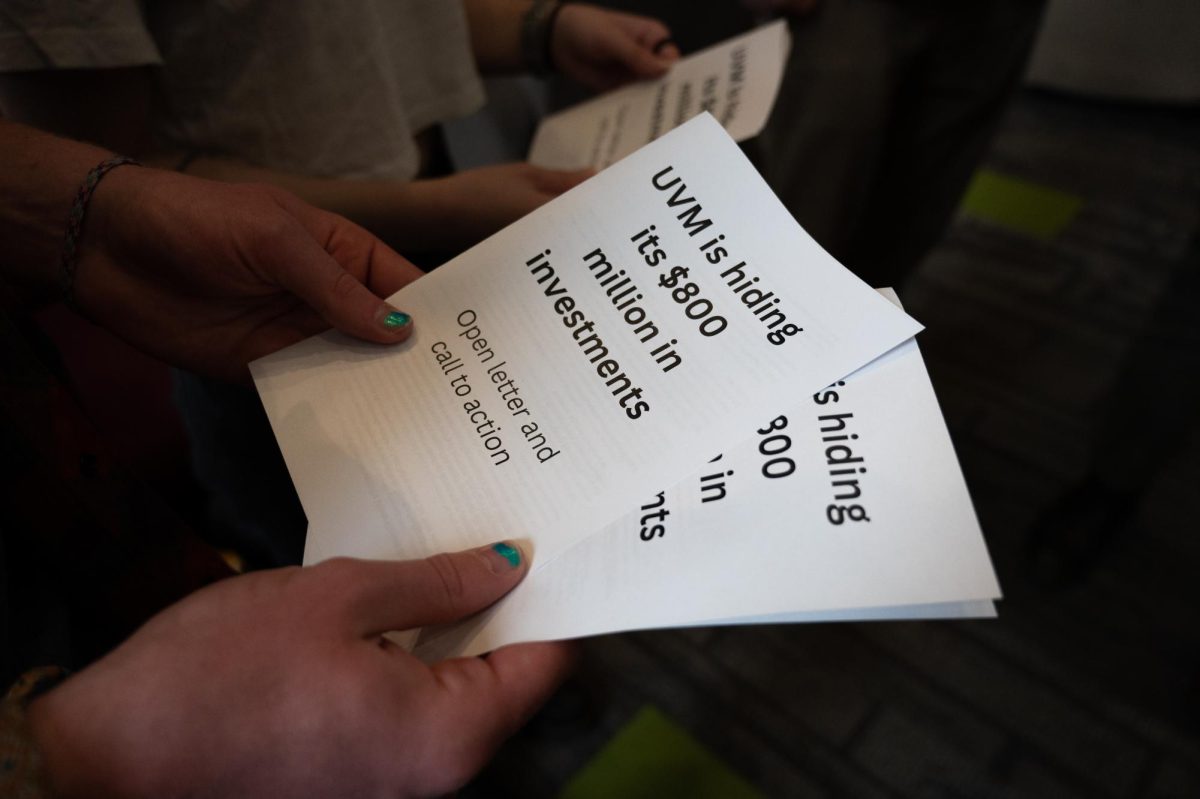What is it with England? Why does so much forward-looking music originate there? In the early-2000s London’s inhabitants shaped two of the most original genres in contemporary music – grime, which we covered in the last Regional Showcase, and dubstep, a sonically mammoth school of music, a sound so singular we at The Cynic found it necessary to drop some knowledge on you.Dubstep is a genre of exceedingly dark electronic music hailing from east London. Like her sister genre grime, dubstep has a dark, synthesizer and drum machine driven sound. However, unlike grime, a relative of rap, dubstep is almost completely instrumental and mood-driven. Martin Clark, influential blogger and dubstep artist, aptly describes the music as “the sound of dark, decaying London.” And it couldn’t be more accurate. Dubstep’s sound produces a chilly, unforgiving sonic atmosphere, where rain seemingly never ceases, and the listener can’t help but look over their shoulder at the shadowy figures the sounds conjure. Both grime and dubstep originated from the UK garage 2-step and drum & bass scenes of 1990s London. Dubstep adopts the syncopated rhythms of these genres but is distinct in strange dynamic between bass and drum. Dubstep’s bass tempo average around 138-142 beats per minute (bpm), but the drum tracks are in half-time, around 69 bpm. These stilted, drug-influenced drum tracks mixed with the sub-bass create an intense environment for the dancer or listener.Dubstep’s sound varies greatly – from Shackleston’s Middle Eastern-influenced soundscapes, to Burial’s ethereal, crackle-tinged bass thuds, to Skream’s “future dub” bangers. The instrumentation is also unexpected – from synth, to orchestra, to koto, to harmonium – but the sub-bass is the music’s uniting factor.The term sub-bass describes frequencies that fall between 90 and 16 hertz. Interestingly, the human ear cannot detect frequencies lower than these. With bass lines this deep the music assumes a physical presence that can literally be felt in the listener’s gut. It is tangible music.As was the case with grime, dubstep gained in popularity though pirate radio, illegal, unregistered radio stations (most notably Rinse FM) and blogging. The Internet is inseparable to the spread of dubstep, though blogs like Martin Clark’s http://blackdownsoundboy.blogspot.com/, the http://dubstepforum.com/ thread, and Pitchforkmedia, who have devoted a monthly series to dubstep and grime. The year 2006 was big for dubstep. The music was used heavily in the dystopic sci-fi film “Children of Men,” as well as the “Dubstep Warz” radio show by influential BBC Radio 1’s DJ Mary Ann Hobbs. These media exposed the mainstream to a genre that had little press outside of its underground following.Debut LPs by the two giggest names in dubstep, Skream and Burial, found releases in 2006. Skream, in many ways dubstep’s poster-boy, creates some of the most accessible, dance-oriented dubstep tracks. Burial is an elusive and celebrated character in dubstep’s vibrant milieu. Burial’s brilliant eponymous debut was voted the best album of the year by The Wire magazine. Burial summed up his sound in an interview with The Guardian and his description appropriately describes dubstep’s larger sound.”What I want is that feeling when you’re in the rain, or a storm. It’s a shiver at the edge of your mind, an atmosphere of hearing a sad, distant sound, but it seems closer – like it’s just for you.”Most recently dubstep has enjoyed some crossover success. Microhouse artists such as the mighty Ricardo Villalobos, who share an affinity for stripped down, minimal tracks, have begun spinning dubstep songs in their sets – Villalobos even remixed dubstep producer and Skull Disco label owner Shackleton’s track “Blood on My Hands.”For all interested parties, here are a few recommendations. Whatever you do, don’t play this music on your crappy computer speakers – they’ll never pick up the bass.Skream – “Midnight Request Line” (Tempa). This is the definitive dubstep song, the biggest the scene has generated so far. It’s a little poppier and upbeat than most dubstep tracks.Burial – “Broken Home” (Hyperdub). From Burial’s self-titled 2006 release. His music is particularly moody. Notes sound drenched in weather-beaten crackle. Perfectly suited for a lonely train ride home. An elusive figure, the rumor has it that only five people know Burial’s real name.Shackleton – “You Make Me Cry” (Skull Disco).Dubstep is dark but Skull Disco releases are downright sinister. This track might, however, be Shackleton’s most accessible. Sit tight and wait for that bass to kick in, you’re in for a treat. For tons of free dubstep tracks and to learn more visit the http://dubstepforum.com thread.












